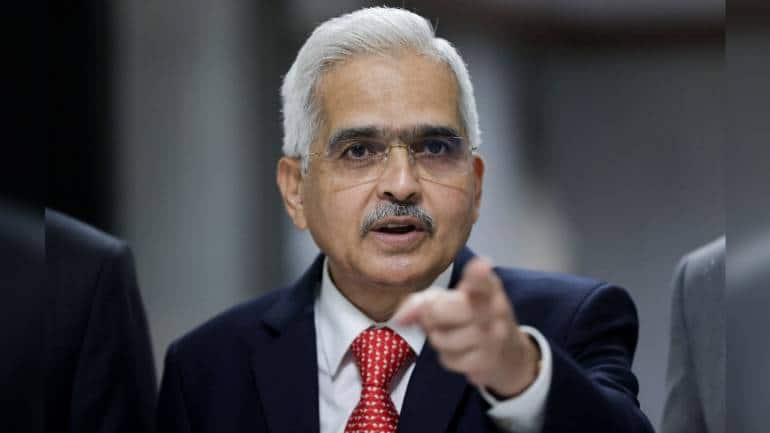
The Reserve Bank of India has proposed to allow the linking of credit cards with the Unified Payments Interface (UPI). While making the announcement in his monetary policy speech Wednesday, RBI Governor Shaktikanta Das said that the integration will first begin with the indigenous RuPay credit cards. Both the RuPay network and UPI are managed by the same organisation – the National Payments Corporation of India (NPCI).
Currently, UPI facilitates transactions by linking savings and current accounts through debit cards. Users will soon be able to do UPI transactions by linking it with their Rupay Credit Cards.
UPI has become the most inclusive mode of payment in India, with over 26 crore unique users and 5 crore merchants onboarded on the platform, RBI governor Shaktikanta Das said.
In May, 594.63 crore transactions amounting to ₹ 10.40 lakh crore were processed through UPI, he added.
The interoperability of prepaid payment instruments (PPIs) has also facilitated access of PPIs to the UPI payment system for undertaking transactions, the RBI chief further stated.
It is still not clear how the Merchant Discount Rate (MDR) will be applied for UPI transactions done using credit cards. For each transaction, the merchant pays a certain percentage of the transaction amount which is then divided among the banks and payment service providers.
According to a norm that came into effect on January 1, 2020, UPI and RuPay attract zero-MDR, meaning no charges are applied to these transactions. This is one of the key reasons for the widespread adoption of UPI by merchants across the country.
Other Updates
The six-member Monetary Policy Committee headed by the Reserve Bank of India (RBI) Governor Shaktikanta Das on June 8 unanimously raised the repo rate, the key policy rate at which the central bank lends short-term funds to banks, by 50 bps to 4.90%.
The latest hike comes after the Reserve Bank announced a 40 bps increase in repo rate in an off-cycle policy move in May.
GDP growth forecast for FY23 retained at 7.2 percent. GDP growth forecast at 16.2 percent for April-June. GDP growth forecast at 6.2 percent for July-September. GDP growth forecast at 4.1 percent for October-December. GDP growth forecast at 4.0 percent for January-March 2023.
CPI inflation forecast for FY23 raised to 6.7 percent from 5.7 percent. RBI Inflation forecast assumes normal monsoon and crude basket price at $105/barrel.
Limits on individual home loans given by urban and rural co-operative banks are being revised upwards more than 100 percent taking into account the rise in housing prices over the last decade.
The limit on recurring e-payments is now raised to Rs 15,000 from Rs 5,000 to further facilitate transactions such as subscriptions.











